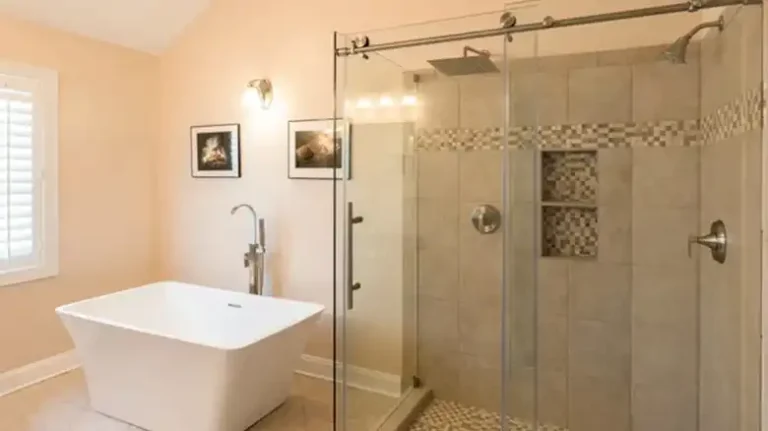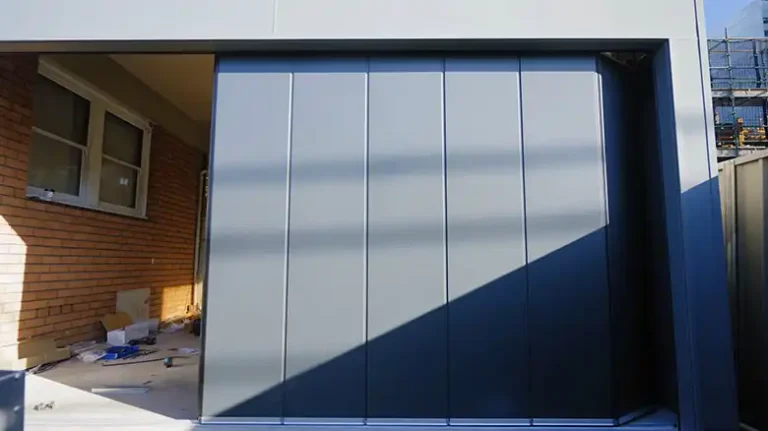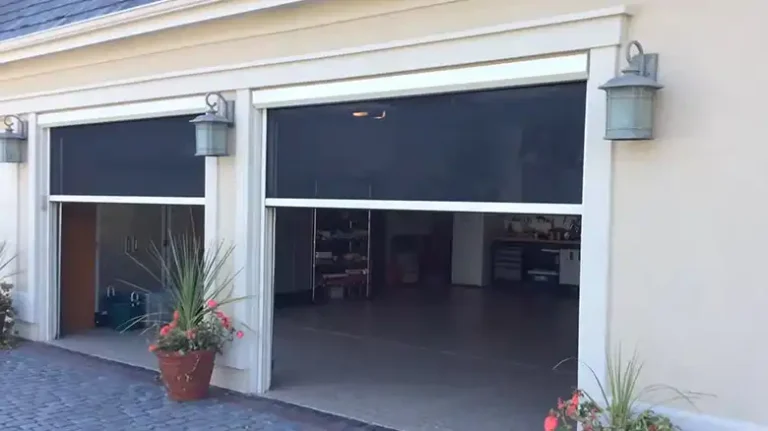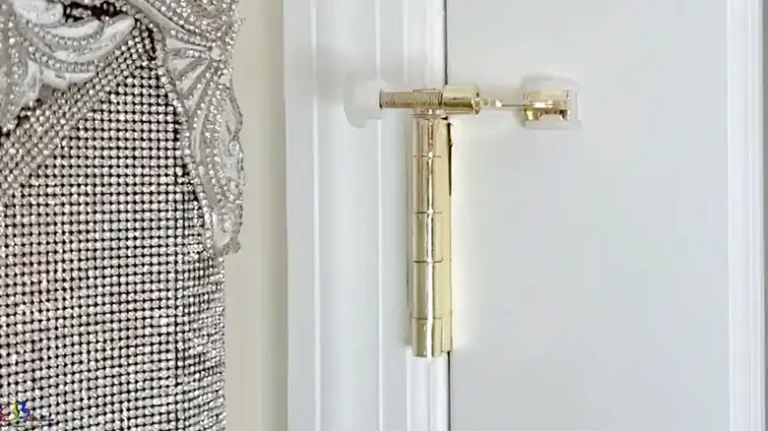[2 Methods] How to Run a Cable Around a Door Frame?
Running a cable around a door frame might seem like a simple task, but if you’ve ever tried it, you know it can be a bit tricky. Whether you’re setting up a home theater system, installing security cameras, or just extending your Wi-Fi network, knowing how to do this efficiently is essential.
Installing the cable around a door frame is quite easy. You will need to measure the cable, prepare the area around the door frame, and then run the cable around it.
In this guide, we’ll explore the various methods for running a cable around a door frame, ensuring your wiring projects are hassle-free.

Tools and Materials You Will Require
Before you start this cable-running journey, it’s essential to gather the necessary tools and materials. Having everything ready will save you time and frustration along the way. Here’s a list of what you’ll need
- Drill and Drill Bits
- Cable Staples or Clips.
- Screwdriver
- Pencil and Tape
- Level
- Cable Wall Plates
- Wall Anchors and Screws
Methods for Running a Cable Around a Door Frame
Now that you have your tools and materials ready, let’s dive into the methods for running a cable around a door frame. We’ll cover two primary techniques the concealed method and the visible method.
Method 1 – Behind the Door Frame Molding (Concealed Method)
This is the most hidden option, but it requires removing the molding and then putting it back in place. Here are the steps that you will need to follow –
- Remove Door Frame Molding – If your door frame has molding, carefully remove it using a screwdriver. Be gentle to avoid damaging the molding.
- Create an Opening – Use a drill with an appropriate bit to create a hole just large enough for your cable to pass through. Ensure the hole is at a height that won’t interfere with the molding’s placement.
- Thread the Cable – Attach your cable to an electrician’s fish tape and feed it through the hole. Use gentle, steady pressure to guide the cable along the desired path.
- Secure and Reinstall Molding – Once the cable is in place, secure it using cable staples or clips. Then, carefully reattach the door frame molding, making sure it covers the cable.
Method 2 – Over the Top of the Door Frame (Visible Method)
This option is easier to do, but the cable will be more visible. Here are the steps that you will require –
- Assess the Route – Determine the best route for your cable over the top of the door frame. Consider aesthetics and accessibility.
- Use Wall Anchors – If you’re running the cable along the wall, use wall anchors and screws to secure it in place. Ensure it’s level and neatly aligned.
- Install Cable Wall Plates – To create a polished look, use cable wall plates where the cable enters or exits the wall. These plates provide a clean finish and protect the cable.
- Test the Connection – After running the cable, test your connection to ensure it’s functioning correctly.
Mostly Asked Questions
Can I run multiple cables through the same route around the door frame
Yes, you can run multiple cables together if they are of compatible types and sizes. Bundle them neatly using cable ties or clips to prevent tangling.
Do I need professional help for running cables around a door frame
In most cases, you can handle this task yourself, especially if you have basic DIY skills and the right tools. However, if you’re unsure or dealing with complex wiring, consulting a professional is advisable.
Can I run cables through fire-rated doors?
Running cables through fire-rated doors may compromise their integrity. It’s essential to consult local building codes and regulations and, if necessary, hire a professional to ensure compliance.
End Notes
Running a cable around a door frame doesn’t have to be a daunting task. With the right tools, materials, and techniques, you can achieve a clean and professional result. Whether you choose the concealed or visible method, ensure that your cables are neatly secured, and always test your connections. Remember, a well-executed cable installation can enhance the functionality and aesthetics of your living space. So go ahead, tackle those wiring projects, and enjoy the benefits of a seamlessly connected environment. If you have any further questions or need clarification on any aspect of this topic, feel free to leave a comment below. Thanks for reading, and best of luck with your cable-running endeavors!
![[Explored] How to Seal Door Threshold to Concrete?](https://doorsuggest.com/wp-content/uploads/2023/09/How-to-Seal-Door-Threshold-to-Concrete-768x431.webp)




